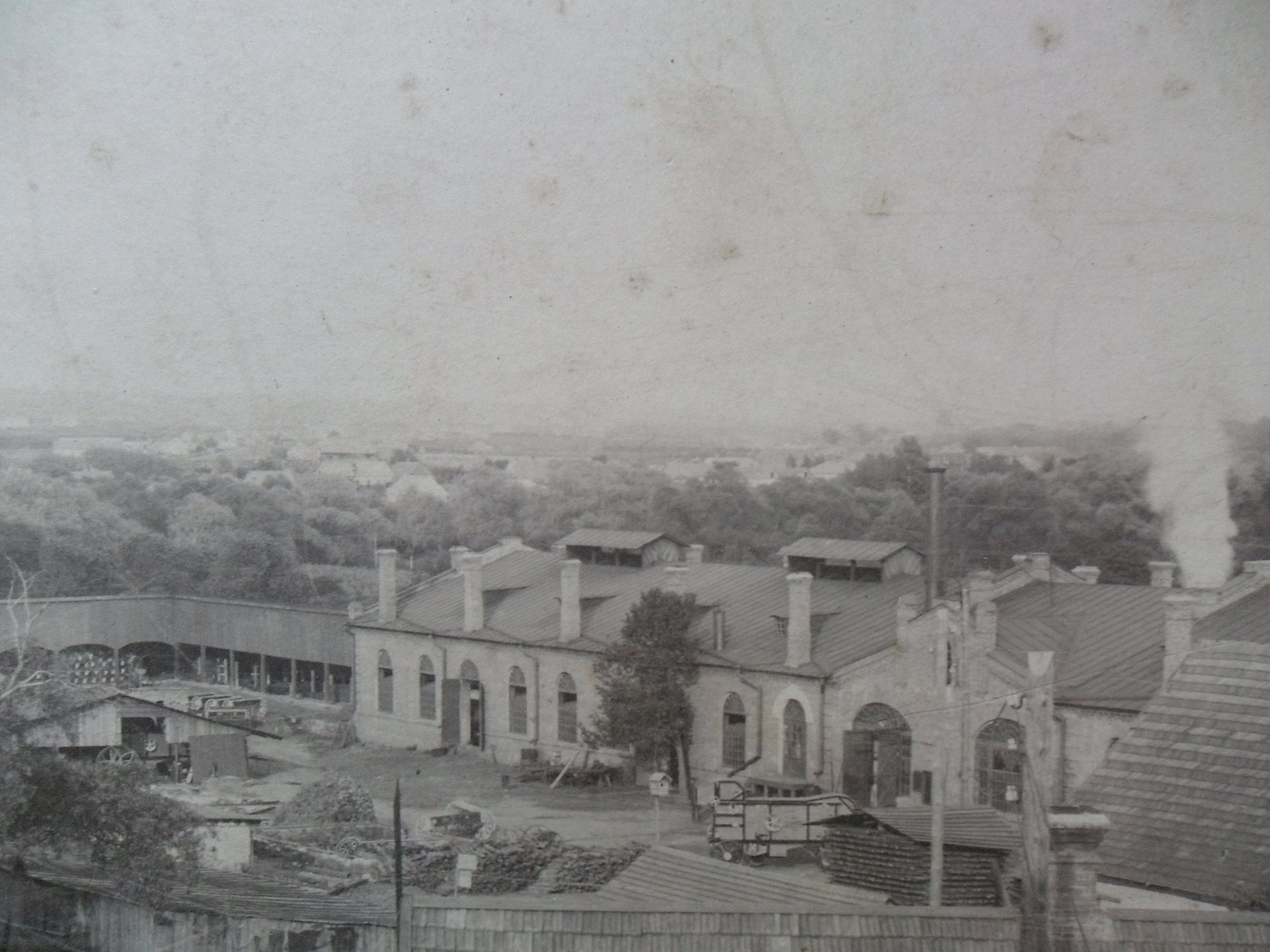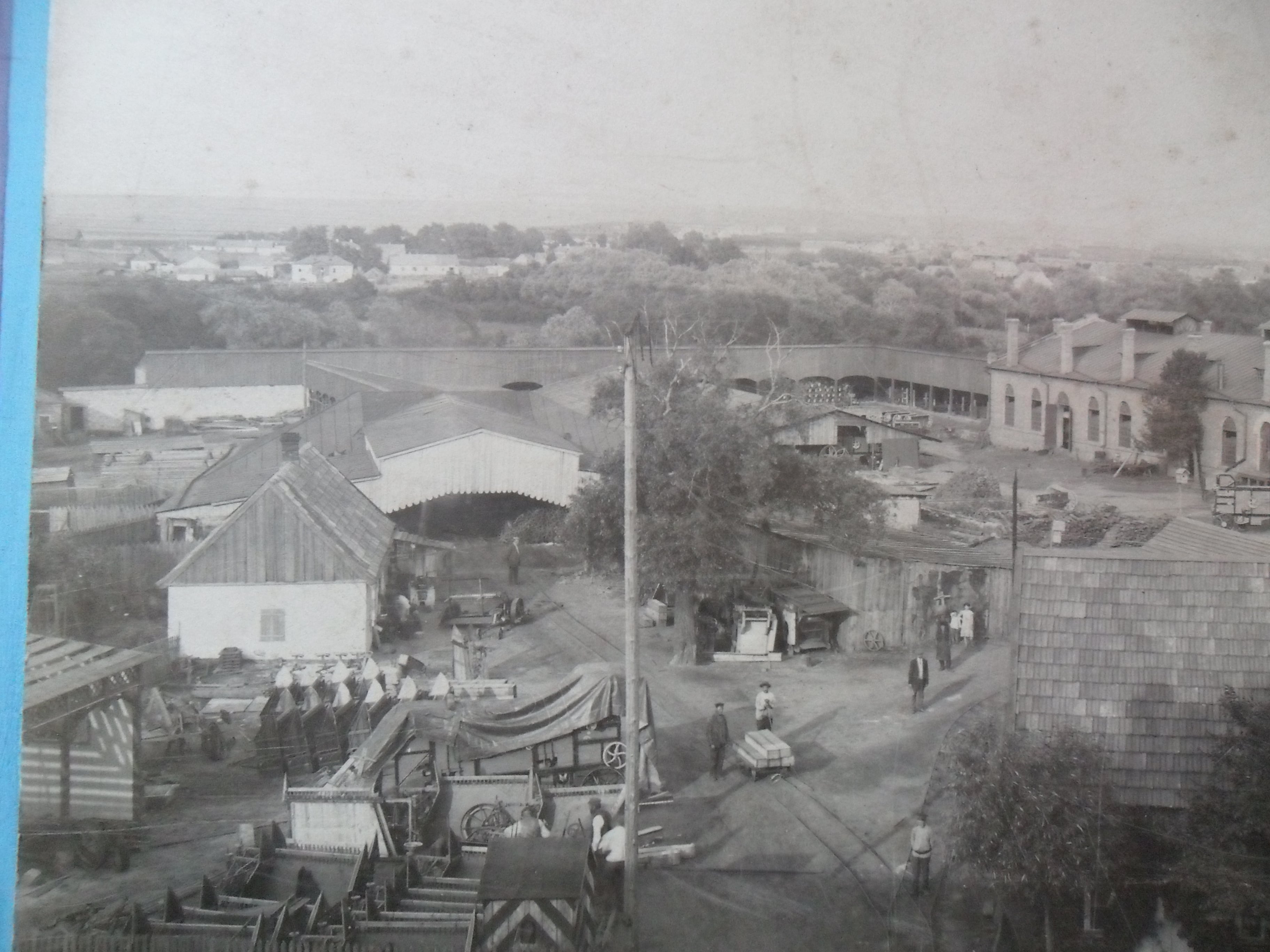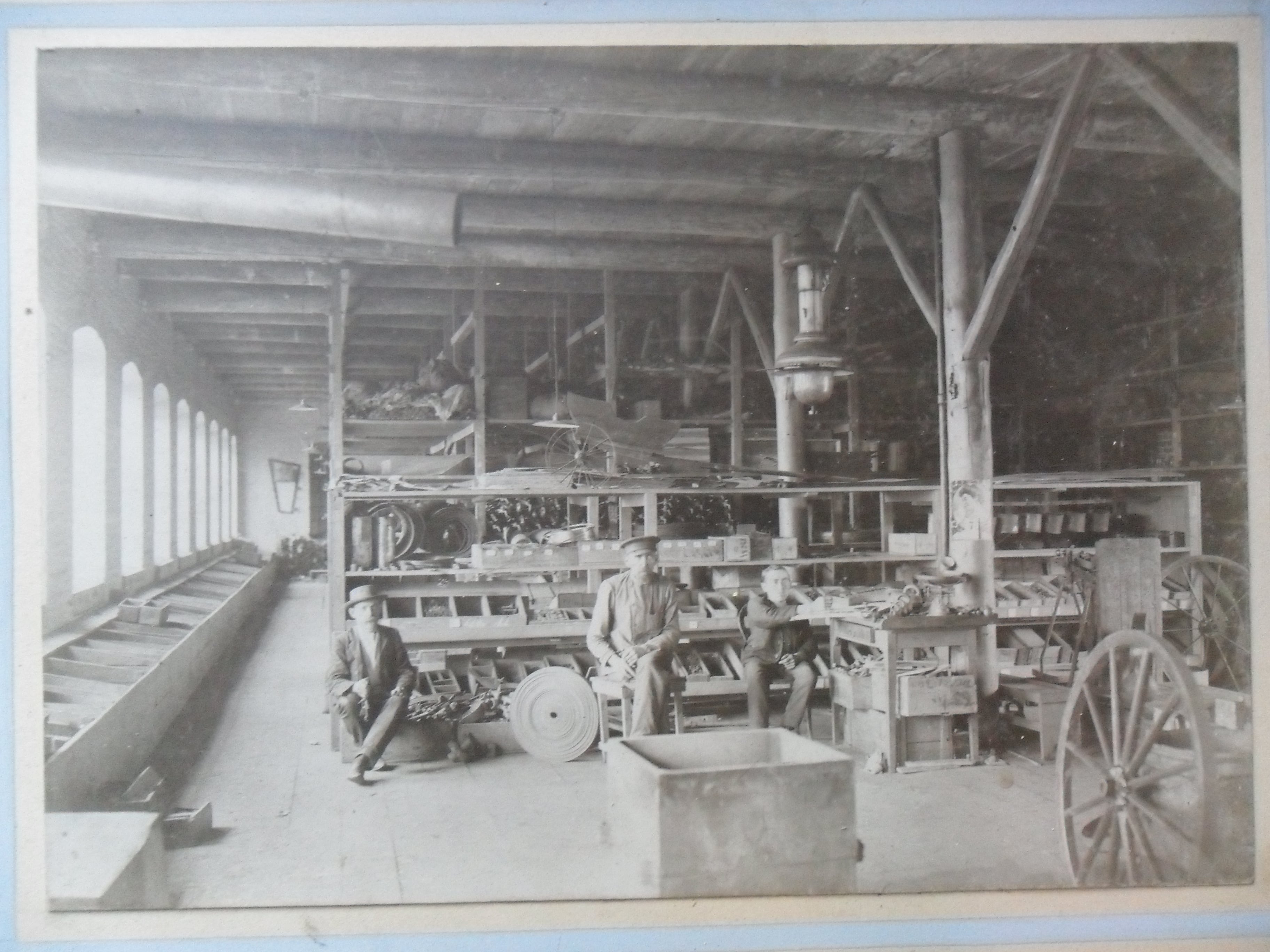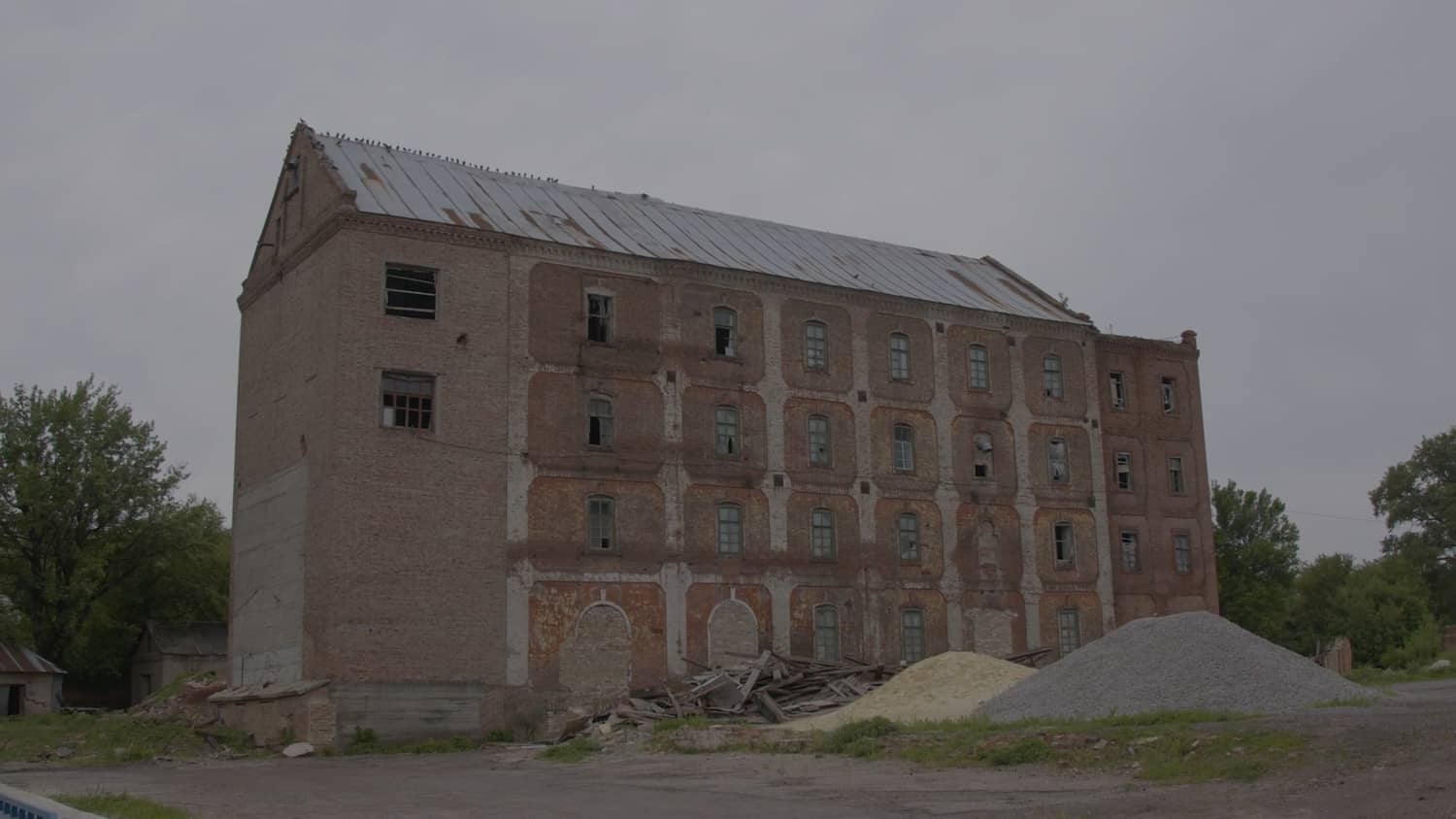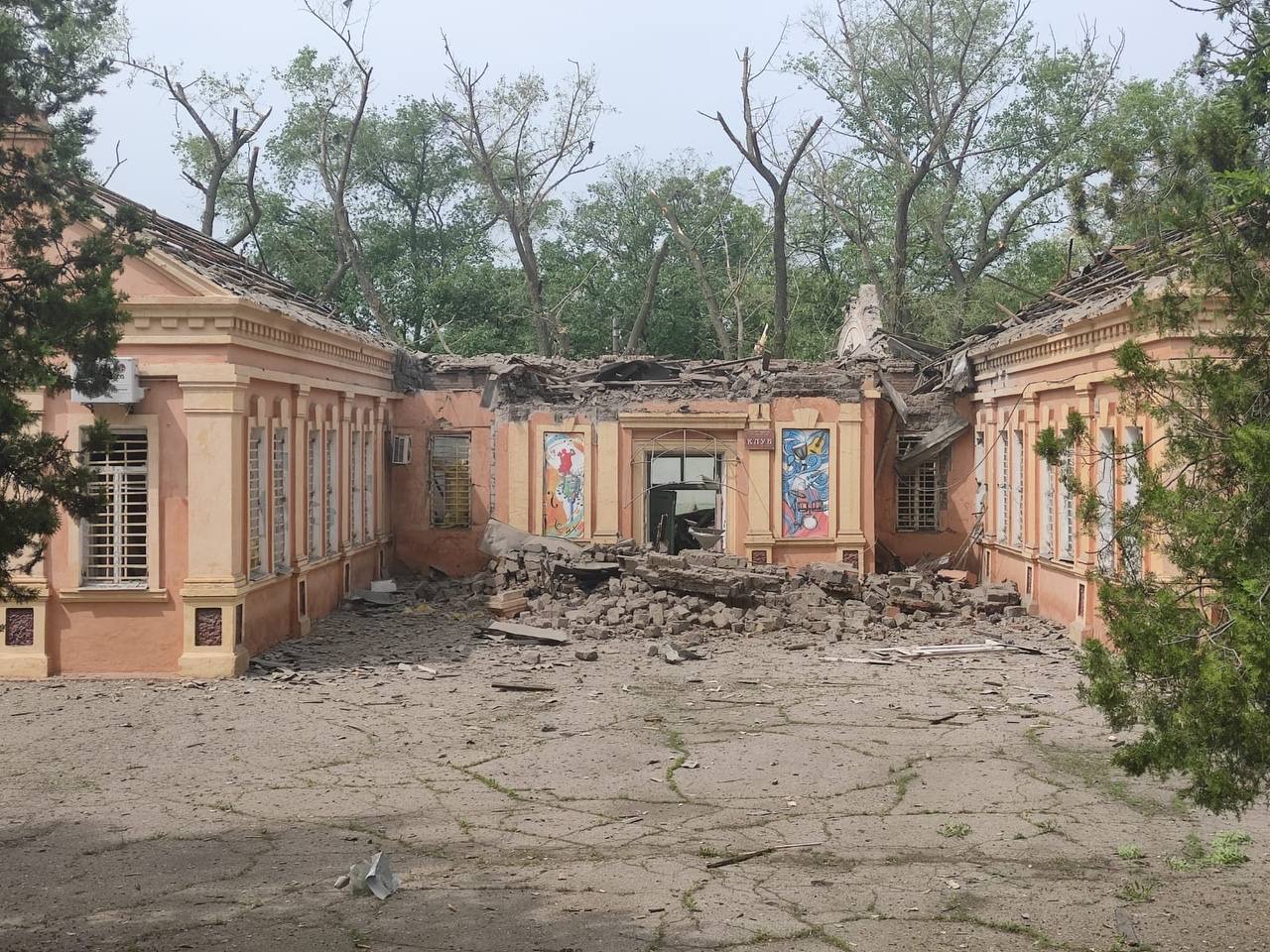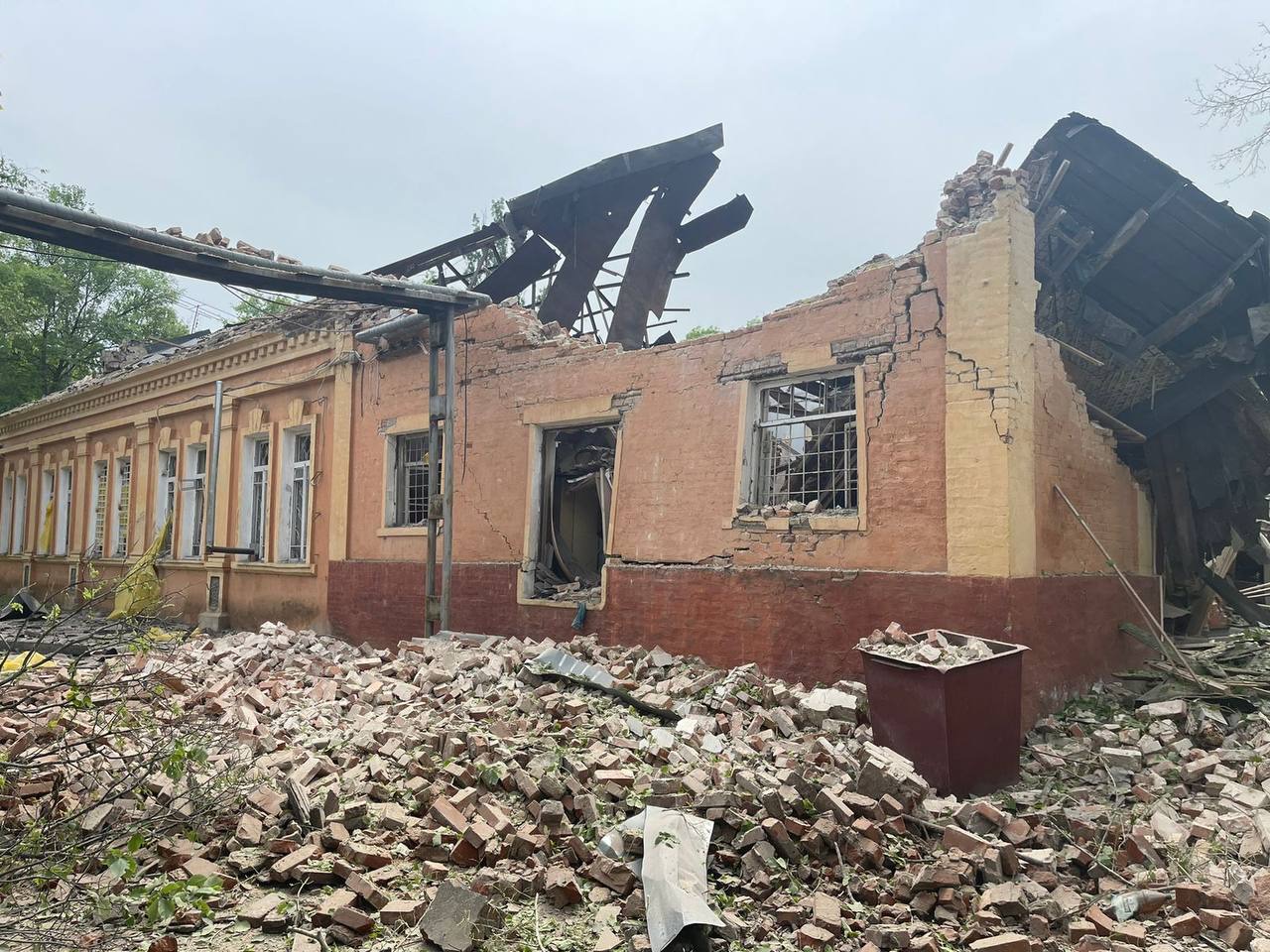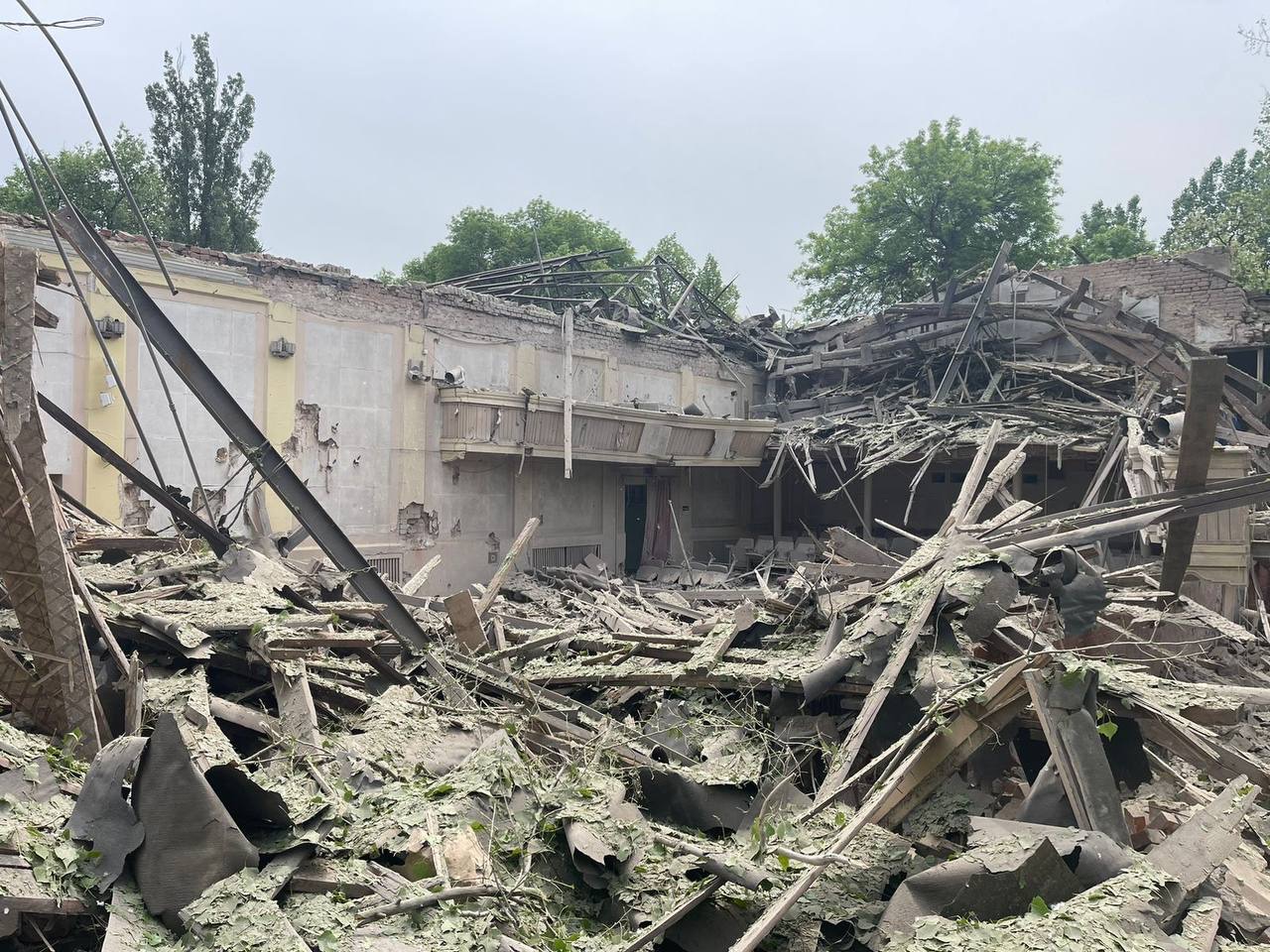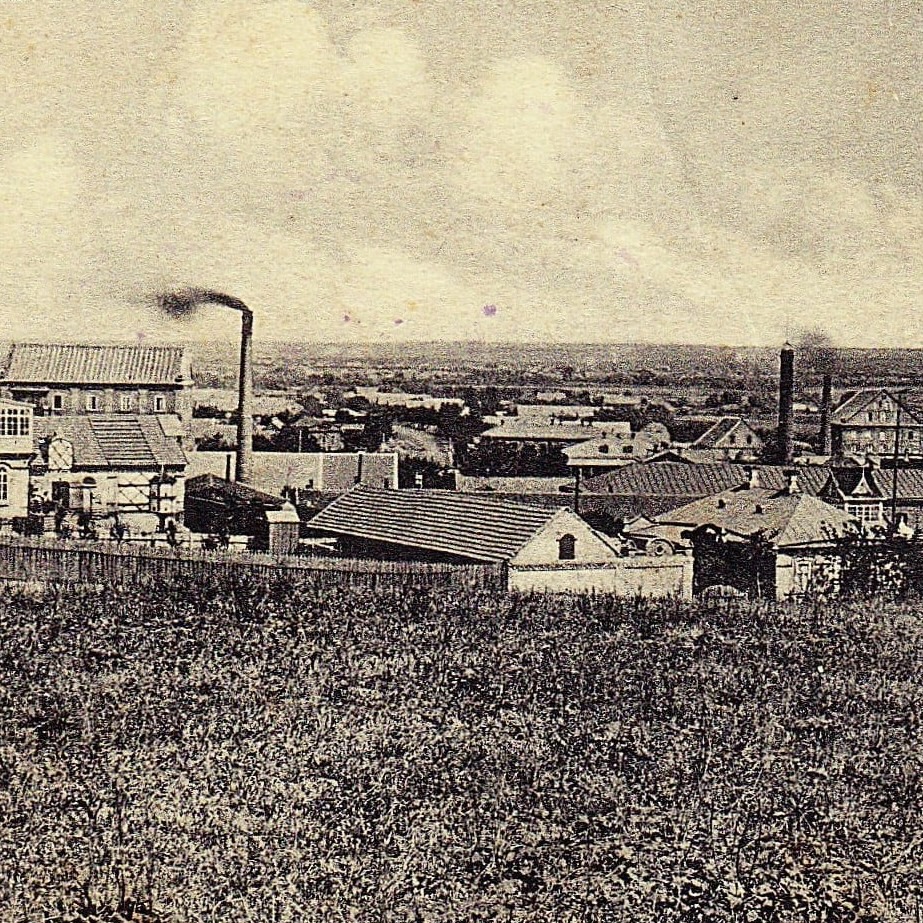
New York
New York's German Past
Kornii Hrytsyuk: In recent years, the village of New York in the Donetsk region has become perhaps the most famous in Ukraine. The return of its historical name (from 1951 to 2021 it was called Novgorod) with betrayals and victories traditional for us reached the national level. Thanks to local activists, justice was restored in the summer of 2021, when we came there to shoot.
Despite its «American» name, New York is a German village. It, like a hundred other similar towns in the East and South of Ukraine, was founded by German colonists in several waves – from the 17th to the 19th century. They came here for various reasons: some were fleeing military service, some faced religious persecution (Catholics, Mennonites, and Lutherans were among the emigrants), some saw great opportunities in the Donetsk Steppe, because such fertile chernozems still need to be found.
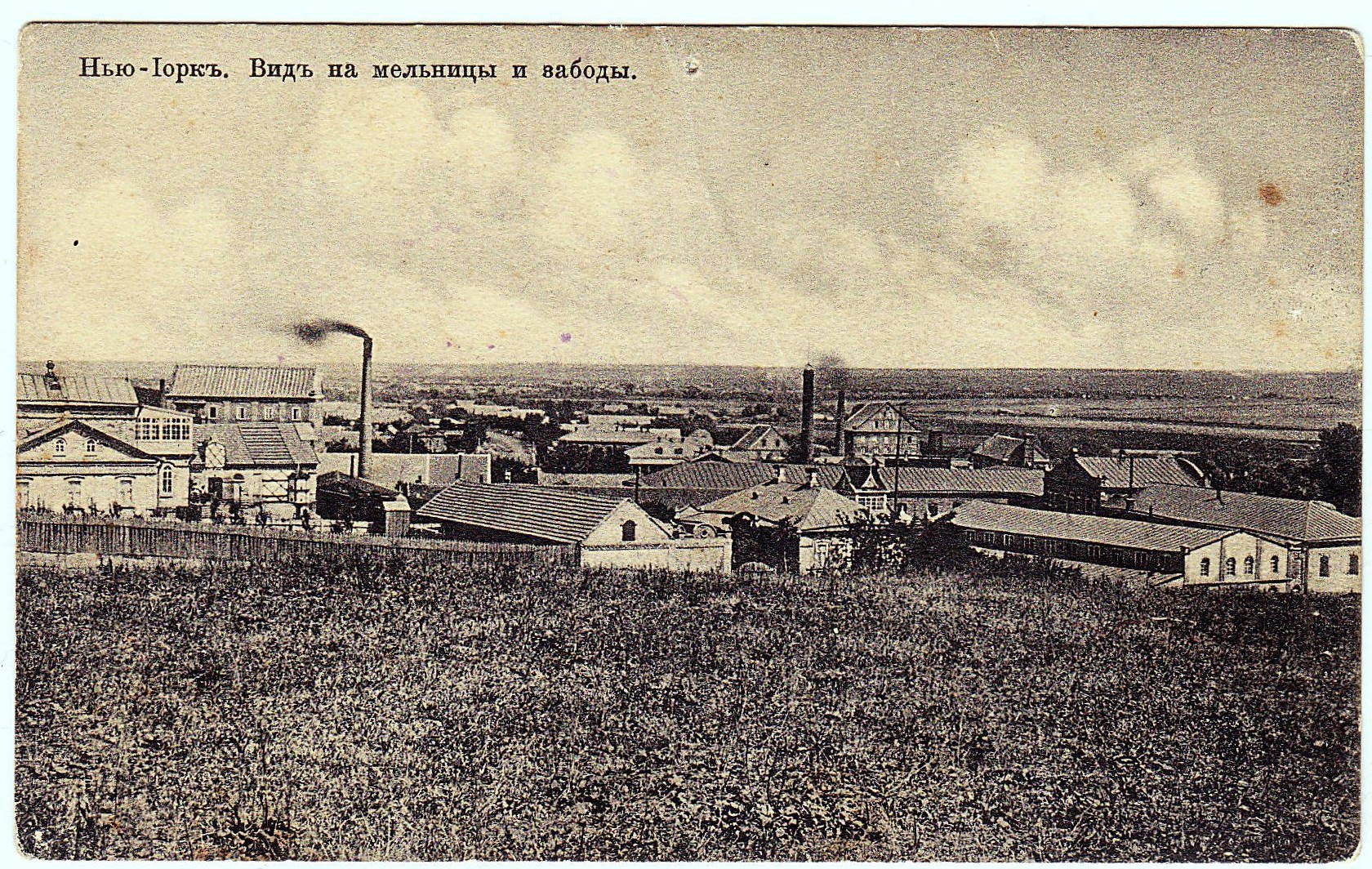
Almost all German villages in Eastern Ukraine survived the revolution in the Russian Empire and the civil war. At that time, this ethnic group was already an important part of the economic life of the region. The colonists not only built their towns with advanced infrastructure, but also raised agriculture, turning this arid land into a grain granary. But the Second World War came, so the Germans, as enemies of the people, were either destroyed or deported to Kazakhstan and Siberia.
Their villages were transformed into «model» collective farms precisely thanks to the German background and technologies. They received new names, and their history was gradually erased: for example, New York was renamed to Novgorod in 1951, but a local Soviet monument recorded a historical manipulation, as if the Red Army during the Second World War fought for Novgorod…
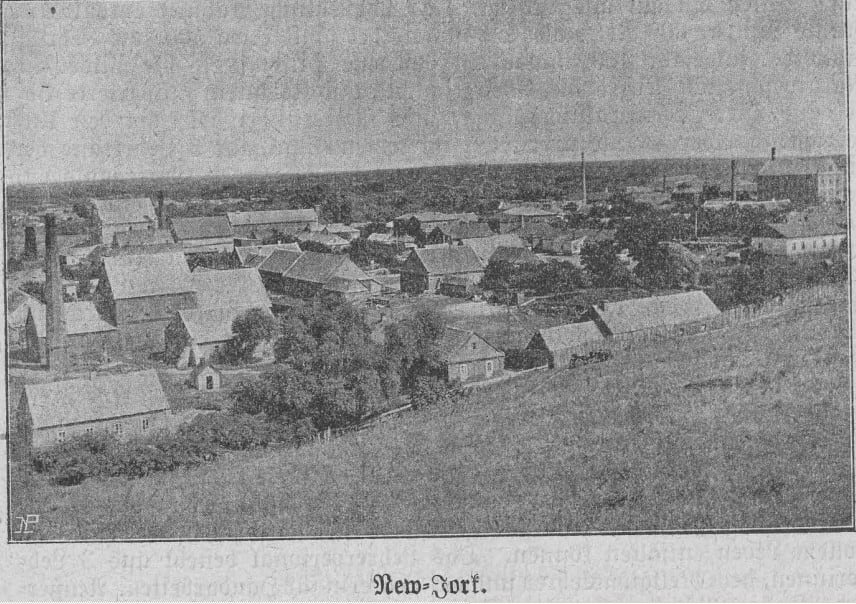
Even being Novgorod, New York retained its «Germanness». The first thing that catches the eye is a clear building, which almost completely coincides with the old maps of the village. Straight streets, fruit trees along the roads, neat houses made of dark red bricks, beautiful roof tiles. And above all this, as before, rise picturesque hills and several high-rise buildings – also of German construction: a school, a church and the old mill of Peter Dick. Mykhailo Kulishov, a photographer and local historian of Donetsk region, conducted a tour of it, abandoned today, for us. For him, New York is actually a small Motherland, because he comes from neighboring Horlivka, which has been occupied since 2014. Misha researches the European contribution to the development of the East, researches not only from books and archives, but also with his own feet and with a camera. His photos of the industrial landscapes of Donbas and field achievements in the form of texts can be found on the Internet. These materials reveal Donbas from another side.
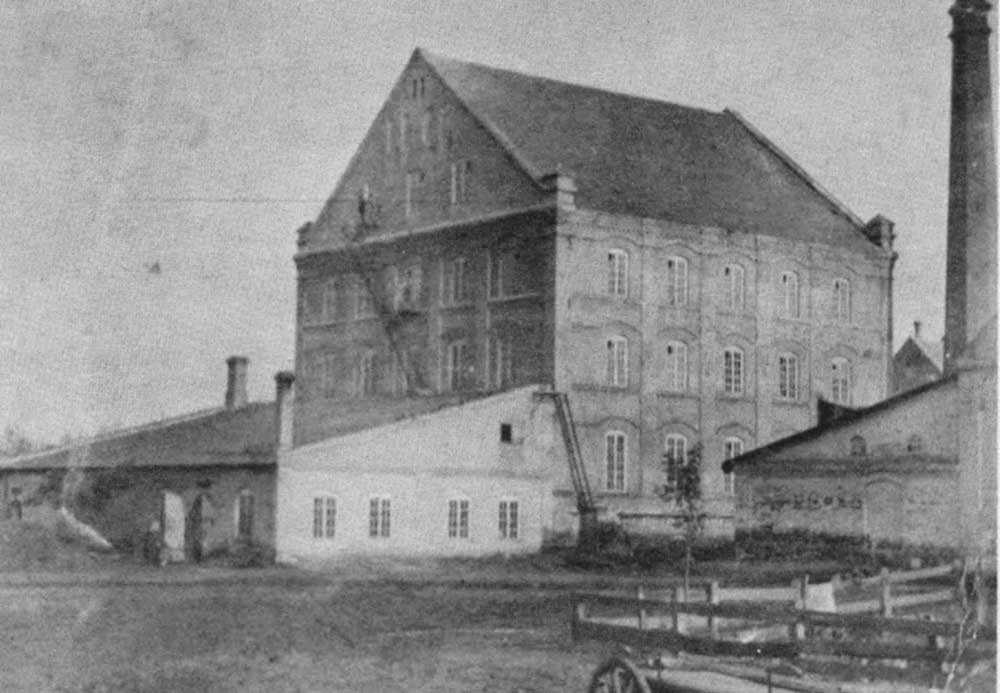
As soon as Misha and I were on the territory of Dick's mill, something exploded. Once, then a second time, then again. Alarms blared nearby, glass rained down, and birds flew away. And although we saw a lot of our military in New York and it was reassuring, no one from our team was ready for such «sound effects».
Probably, except for our sound engineer Vadim, who had experience of service in the ATO. Vadik said that there is no need to worry, this is «out of our way», and we will worry if there is an «answer». We continued filming, because the film itself will not be filmed. When we were in the middle of the mill, it was still exploding outside. The old building seemed to bounce. But we seem to have gotten used to it, and Vadik continued to reassure us that it is still «we are pouring», and Misha pressed on with the historical background — he had not seen a mill like this in the 20th century.
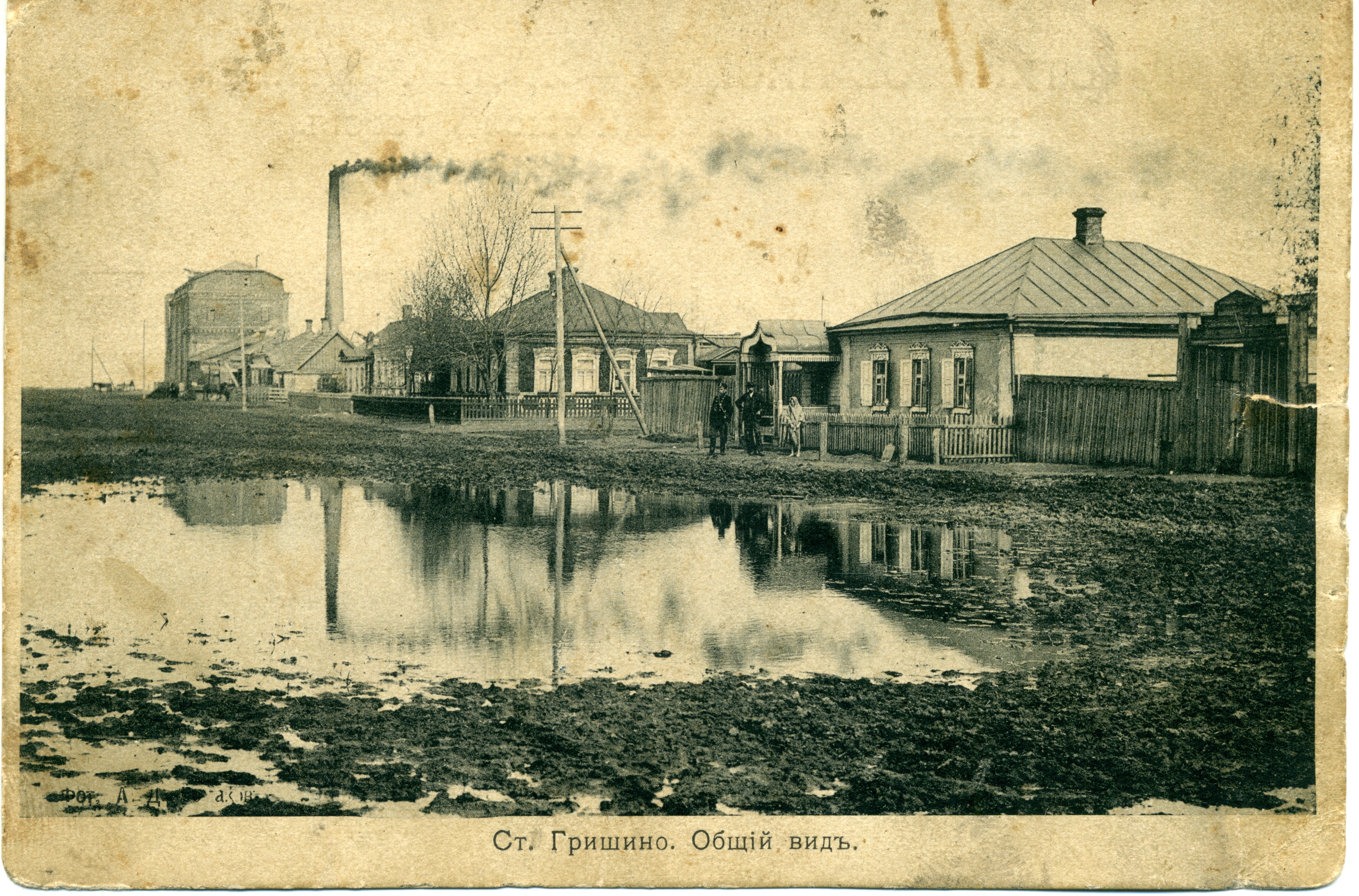
The same can be said about almost every building in this village. Furniture and toys in the attics, Sadova Street (formerly Gartenstrasse), elite varieties of fruit trees — everything reminds of distant and wealthy German times.
Before the great invasion, descendants of repressed Germans often came to New York, even if it was a front-line territory. They were looking for the stories of their relatives. They searched houses, the local cemetery, and neighboring farms. They searched and found thanks to local activists, such as Nadiya Gordiyuk, Pavlo Ostrovsky, Krystyna Shevchenko and Misha Kulishov. All of them are patriots of their native Donetsk region, who did a lot to restore New York's historical memory and to educate pro-Ukrainian youth. Today, New Yorkers protect our country in the ranks of the Armed Forces, and the village itself under the Ukrainian flag has become an impregnable fortress for the enemy, although it is very hard to fly here almost every day. The German heritage is also under fire — it got into Dick's mill and into houses...
Perhaps New York's agricultural past will give Donetsk a new impetus after the war. The fertile lands of this region, thanks to which the Germans earned huge amounts of money here, did not go anywhere. Bread, which a little more than a hundred years ago was as much gold here as coal, is still needed not only by Ukrainians, but also by the whole world. Therefore, who knows, maybe the Donbas, deindustrialized by the war, but free and Ukrainian, will once again become a big granary…
Archival materials from filming:
New York after the full-scale invasion of the Russian Federation:
Don't miss:
